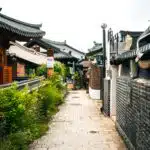Rich and Diverse World of Korean Food
Korean food is a rich and diverse culinary tapestry that reflects the country’s history, geography, and cultural practices. Central to Korean cuisine is the concept of balance and harmony, often achieved through the use of contrasting flavors and textures.
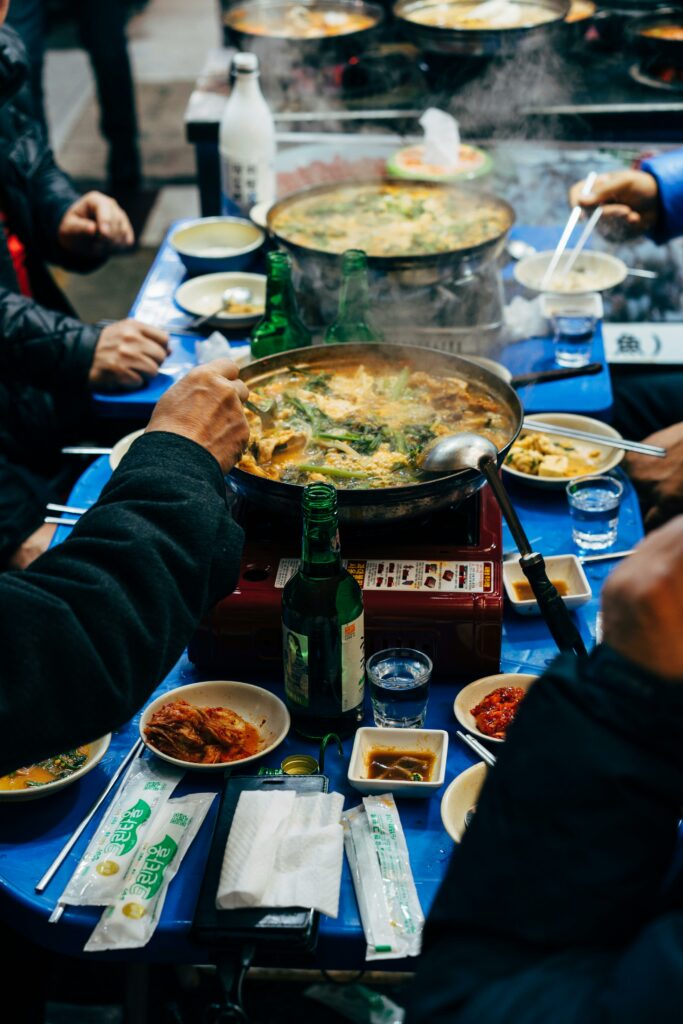
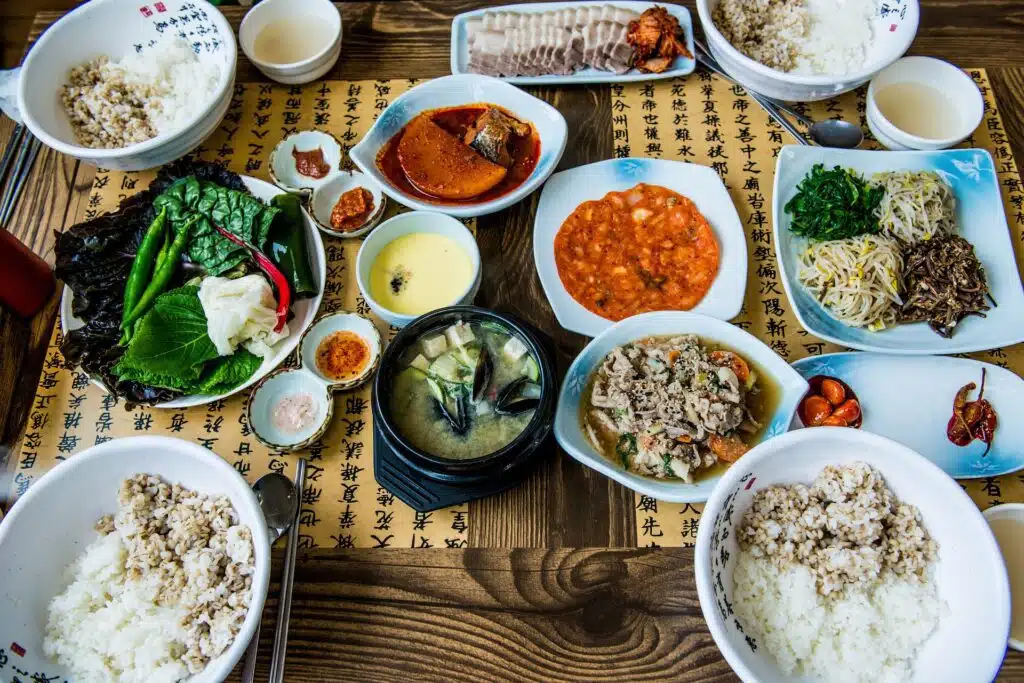
One of the most iconic elements of Korean food is kimchi, a fermented vegetable dish, typically made with napa cabbage and radishes, seasoned with a variety of spices including garlic, ginger, and chili pepper. This staple is not only a side dish but also an integral part of the Korean diet, known for its health benefits and deep, complex flavors.
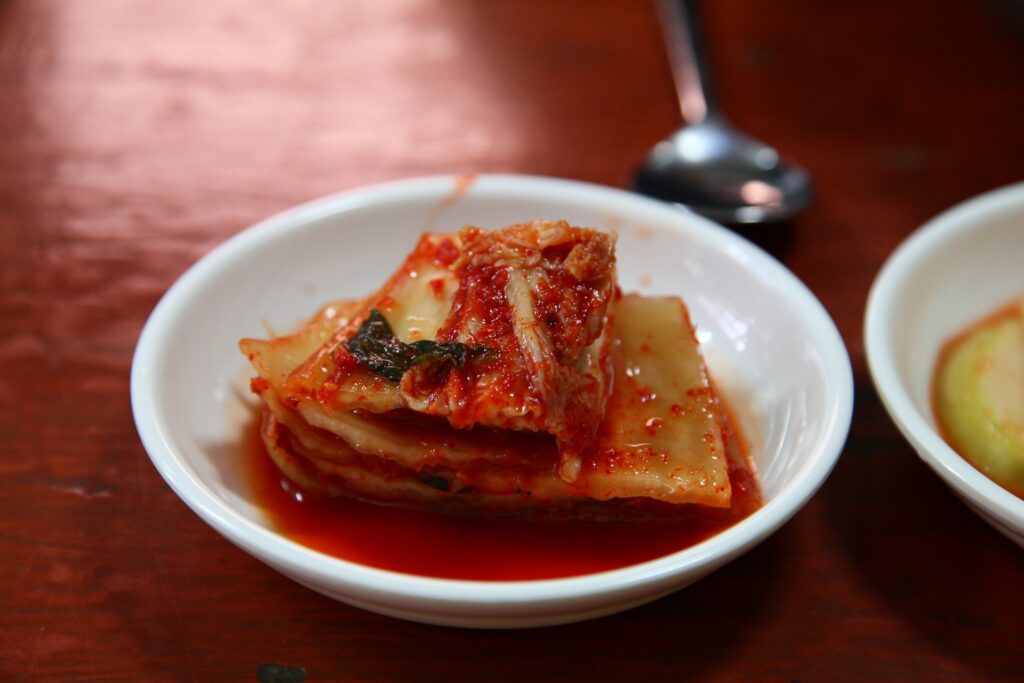
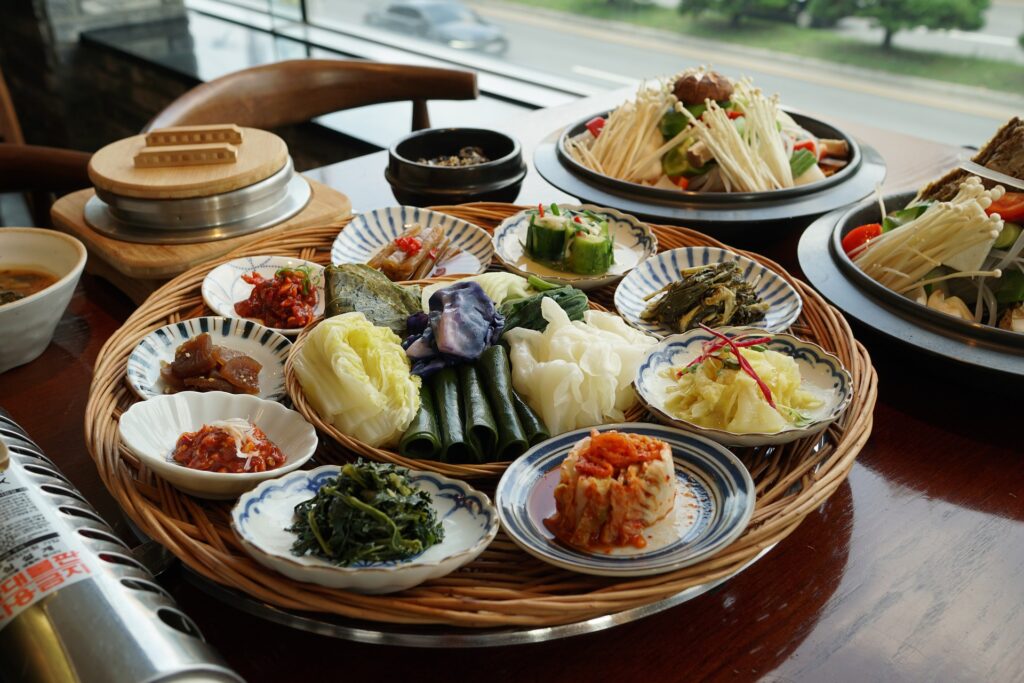
Rice is a fundamental component of most Korean food, often accompanied by an array of banchan (side dishes) which can include anything from seasoned vegetables (namul) and savory pancakes (jeon) to marinated meat (bulgogi) and fermented soybean paste stew (doenjang jjigae). Bibimbap, a colorful and nutritious dish, is a quintessential representation of Korean culinary philosophy, combining rice with a variety of vegetables, meat, a fried egg, and a dollop of spicy gochujang (chili paste), all mixed together to create a symphony of flavors.

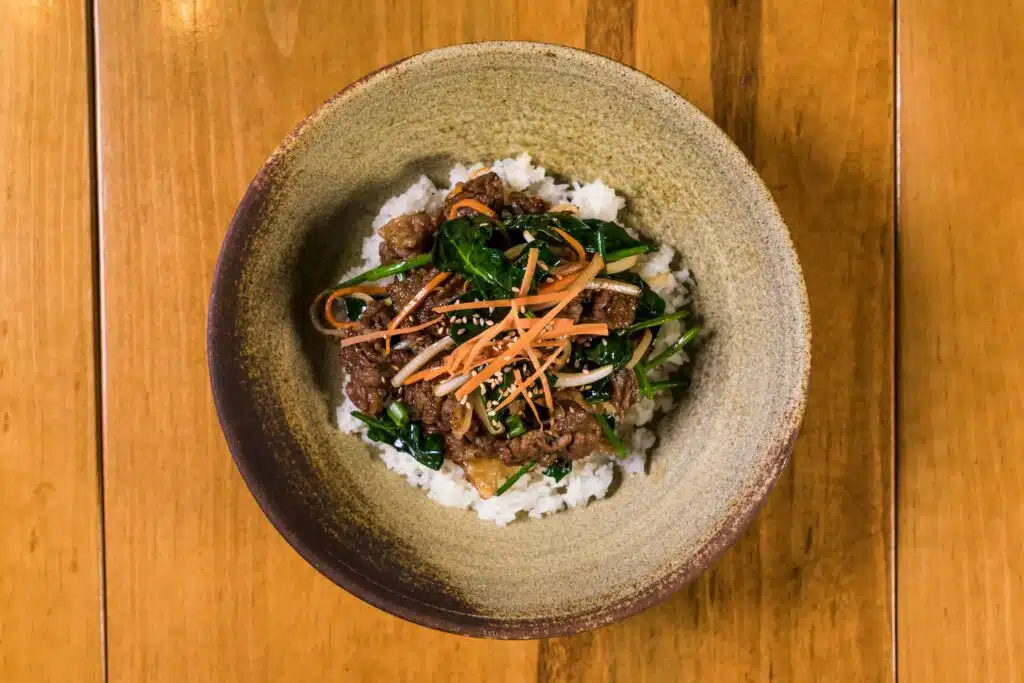
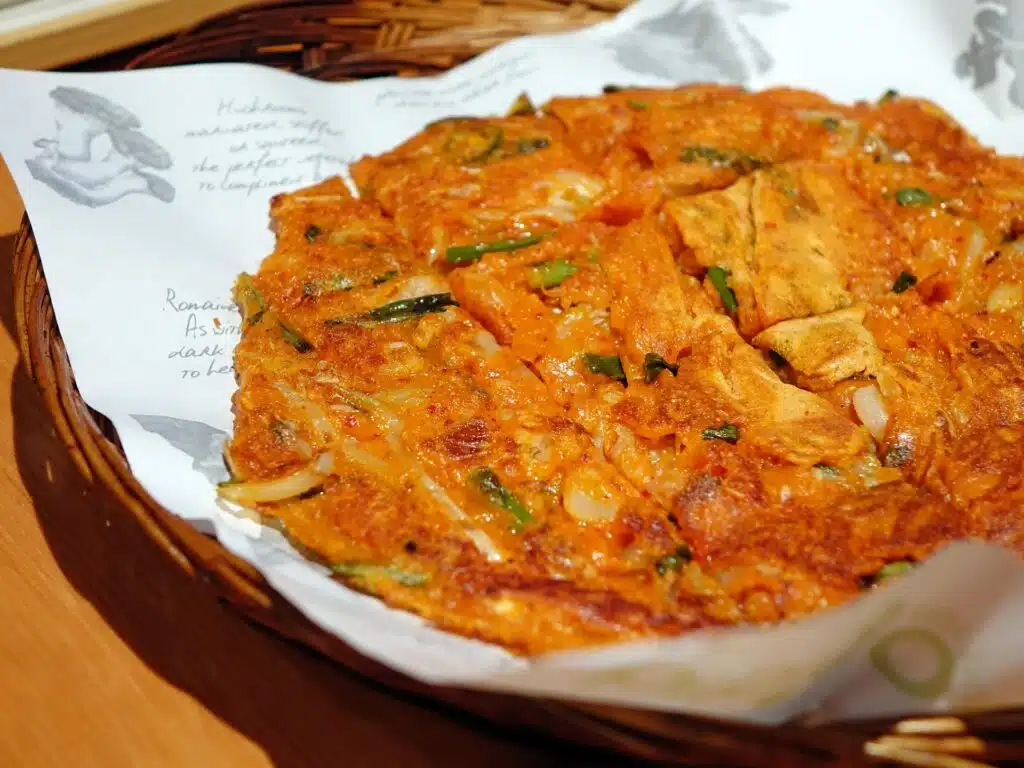
Korean BBQ, or gogi-gui, is a globally renowned dining experience where diners grill their own meat, such as beef, pork, or chicken, right at the table. This interactive and communal style of eating is complemented by dipping sauces, fresh lettuce leaves for wrapping the meat, and an assortment of banchan. Samgyeopsal, thick slices of pork belly, is a particular favorite, often enjoyed with garlic, green chili peppers, and a tangy sesame oil dipping sauce.
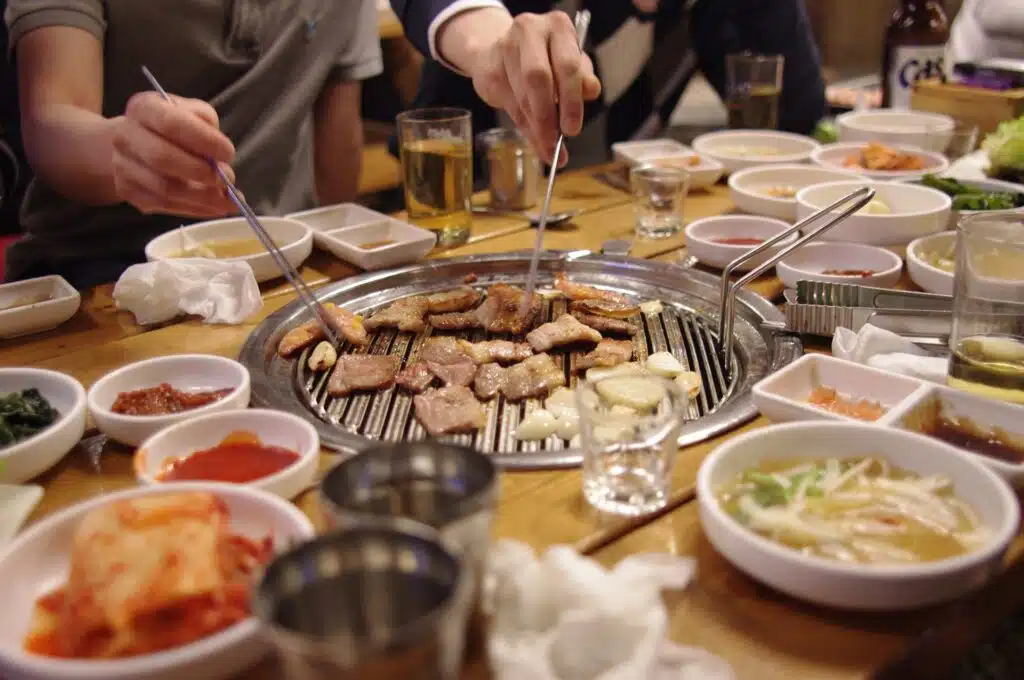
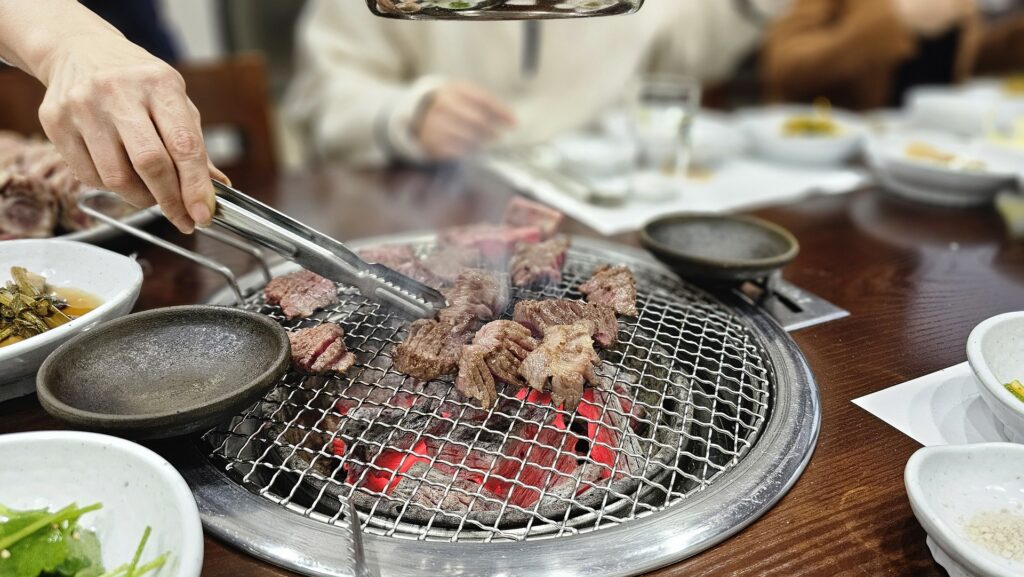
Soup and stew play a vital role in Korean meals, offering warmth and comfort. Dishes like kimchi jjigae (kimchi stew), made with aged kimchi, tofu, and pork, and samgyetang (ginseng chicken soup), a nourishing soup with a whole young chicken stuffed with rice, ginseng, and garlic, are beloved for their hearty and restorative qualities. Sundubu jjigae, a spicy soft tofu stew, is another popular choice, known for its fiery broth and silky tofu.
Seafood also features prominently in Korean cuisine, reflecting the country’s coastal geography. From raw fish (hoe) served with a variety of dipping sauces to haemul pajeon (seafood pancake) and spicy stir-fried octopus (nakji bokkeum), the ocean’s bounty is celebrated in numerous delicious forms.
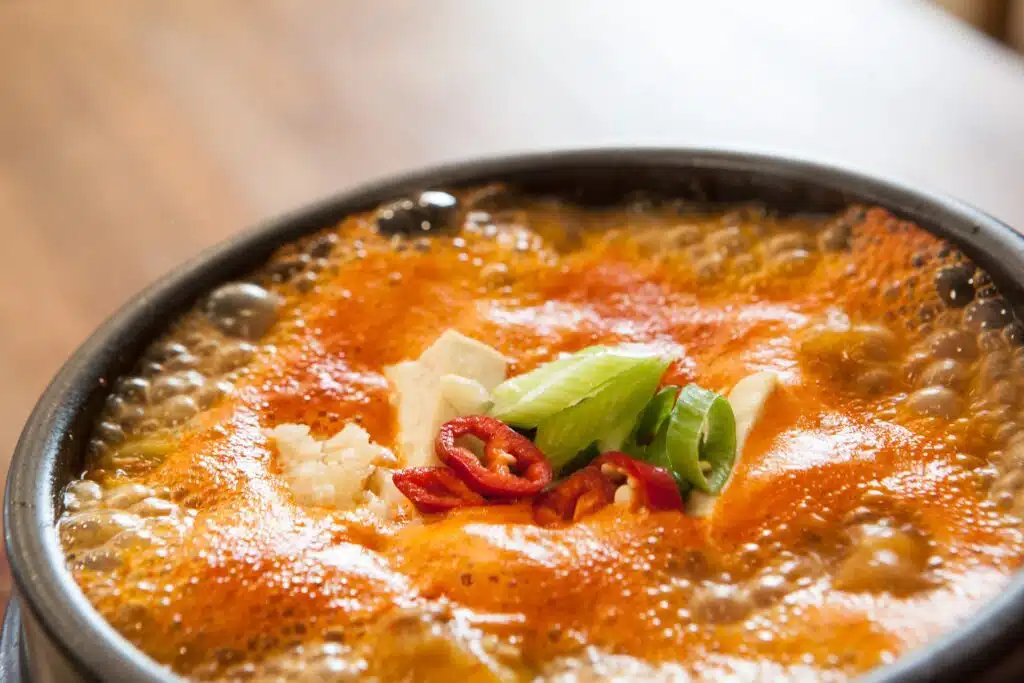
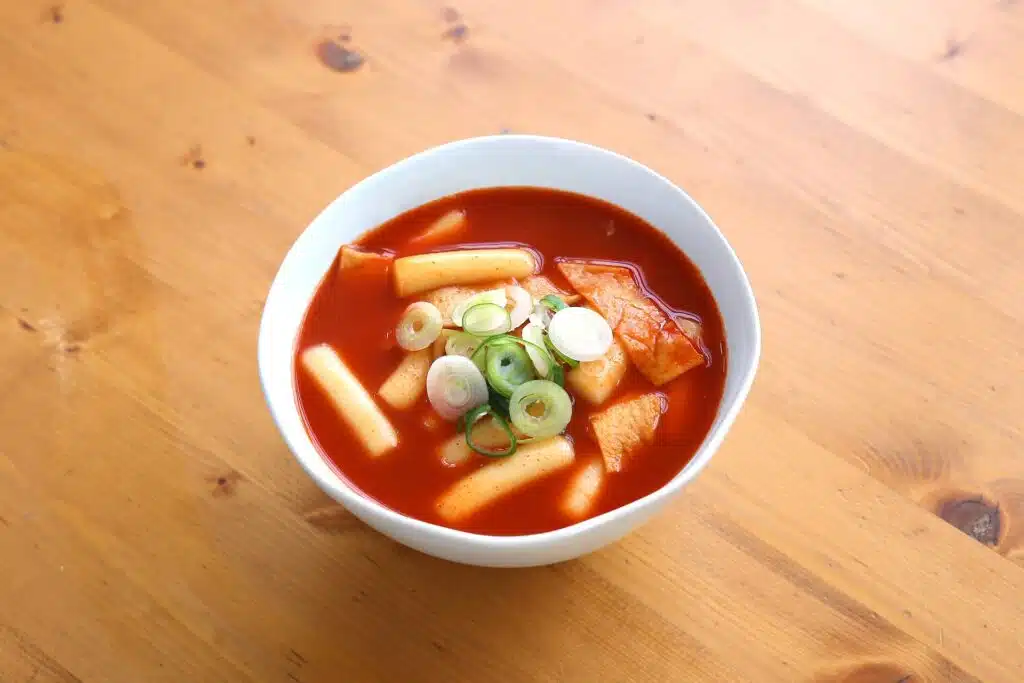
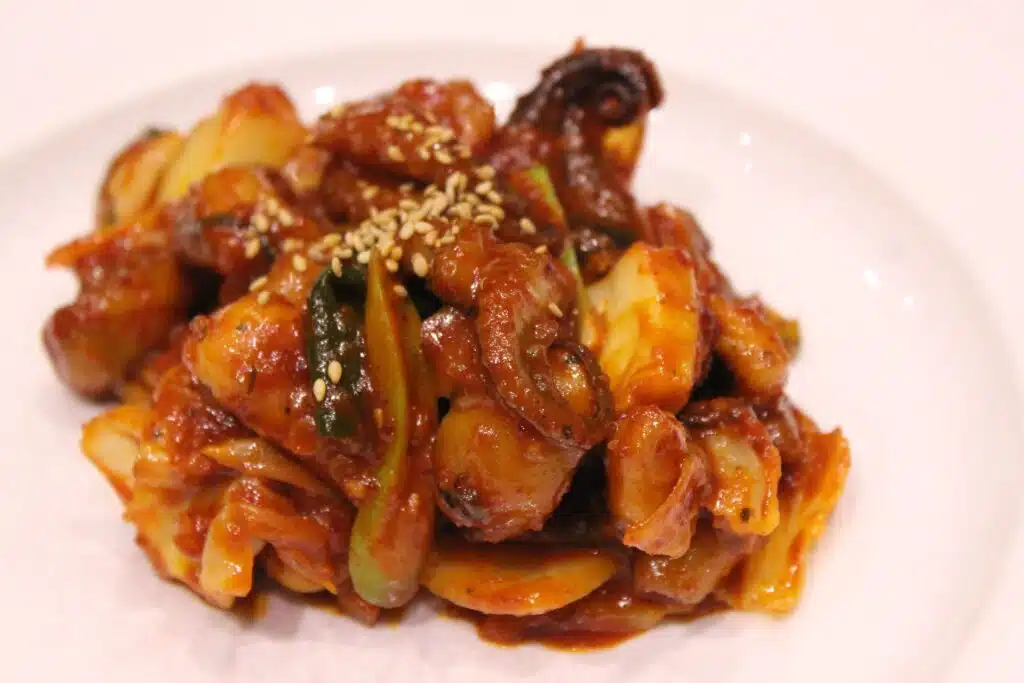
Street food culture in Korea is vibrant and diverse, offering an array of affordable and delectable snacks. Tteokbokki, spicy stir-fried rice cakes, is a favorite street food, alongside hotteok, sweet pancakes filled with brown sugar, honey, and nuts, and odeng, skewered fish cakes served in a warm broth.
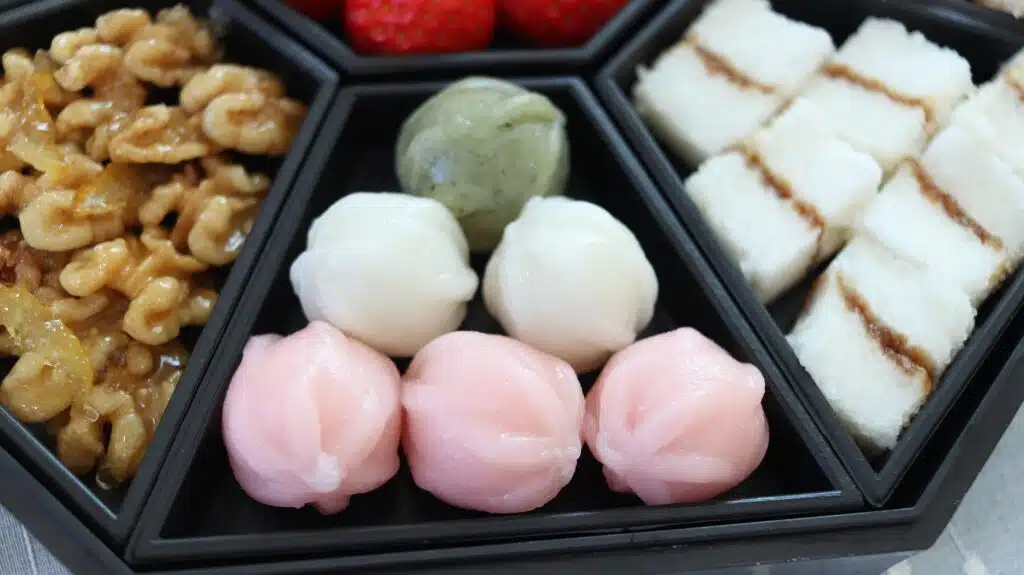
Korean desserts and beverages also add to the richness of the cuisine. Traditional sweets like tteok (rice cakes) and yakgwa (honey cookies) are enjoyed during festive occasions. In the realm of beverages, makgeolli, a traditional rice wine, and soju, a clear distilled spirit, are popular alcoholic drinks, often enjoyed with meals or during social gatherings.
Traditional and Modern Korean drinks
Korean beverages, both alcoholic and non-alcoholic, are a fascinating aspect of the country’s culinary culture, reflecting its rich history, diverse agricultural products, and social customs. Among the most iconic alcoholic drinks, soju stands out as Korea’s most famous spirit. Traditionally made from rice, modern soju can also be derived from other starches like potatoes or sweet potatoes. Clear and slightly sweet, it is often enjoyed neat and served in small shot glasses. Soju is a staple at social gatherings, meals, and celebrations, known for its versatility and moderate alcohol content.
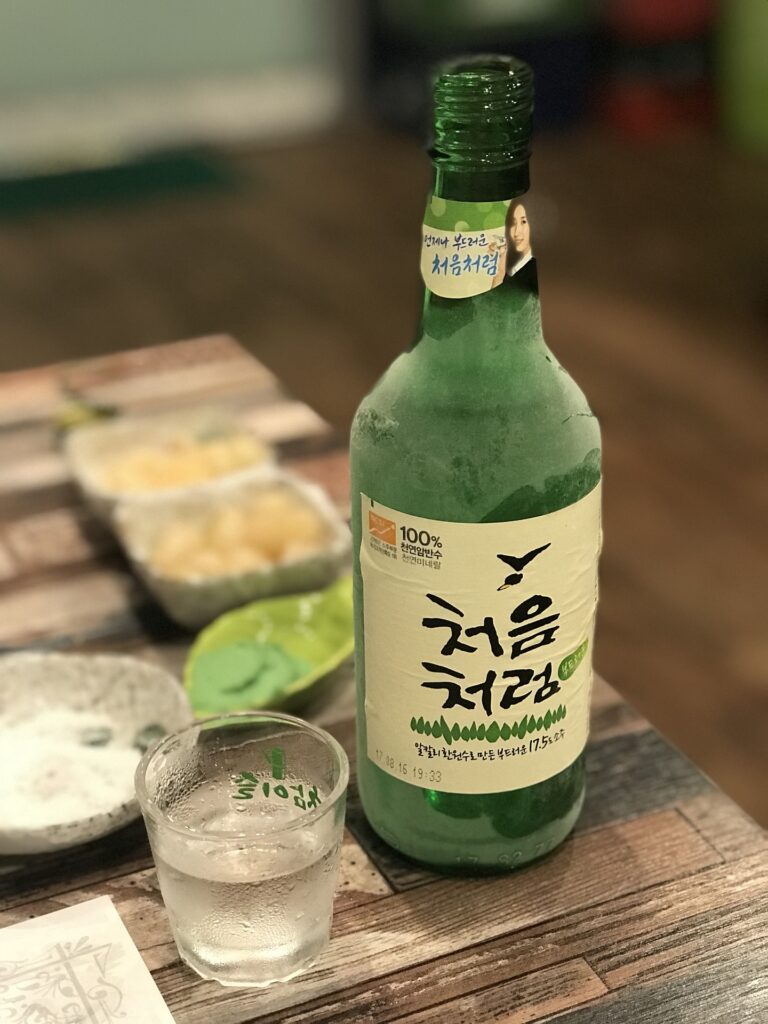
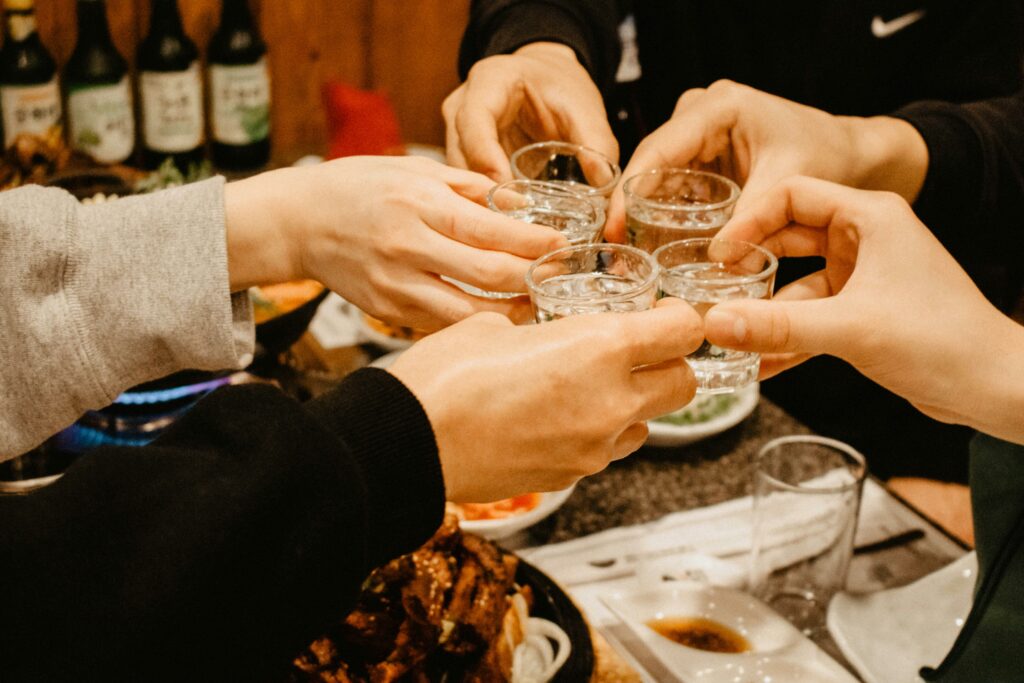
Another traditional alcoholic beverage is makgeolli, a milky, slightly fizzy rice wine with a sweet and tangy flavor. This drink, often unfiltered and brewed from rice and nuruk (a fermentation starter), is beloved for its refreshing taste and lower alcohol content compared to soju. Makgeolli is frequently enjoyed in rustic taverns and paired with hearty Korean dishes like pajeon (savory pancakes) or kimchi jjigae (kimchi stew).
For non-alcoholic options, Korea boasts a rich tradition of teas and herbal infusions. Bori cha (barley tea) and oksusu cha (corn tea) are ubiquitous, caffeine-free beverages served both hot and cold, known for their nutty and slightly sweet flavors. Sujeonggwa, a sweet and spicy punch made from cinnamon, dried persimmons, and ginger, is typically enjoyed as a dessert beverage, particularly during festive occasions. Ginseng tea (insam cha) is highly prized for its purported health benefits, including boosting energy and immunity. Korean green tea (nokcha) is another popular choice, celebrated for its delicate flavor and numerous health benefits. The green tea culture in Korea dates back over a thousand years, with regions like Boseong renowned for their tea plantations and festivals.
In essence, Korean food and drinks is a celebration of flavors, textures, and communal dining, deeply rooted in the country’s history and cultural practices. It emphasizes fresh, seasonal ingredients, meticulous preparation, and the importance of balance in both nutrition and taste, making it a cuisine that is not only delicious but also a vital part of Korean identity and lifestyle.







